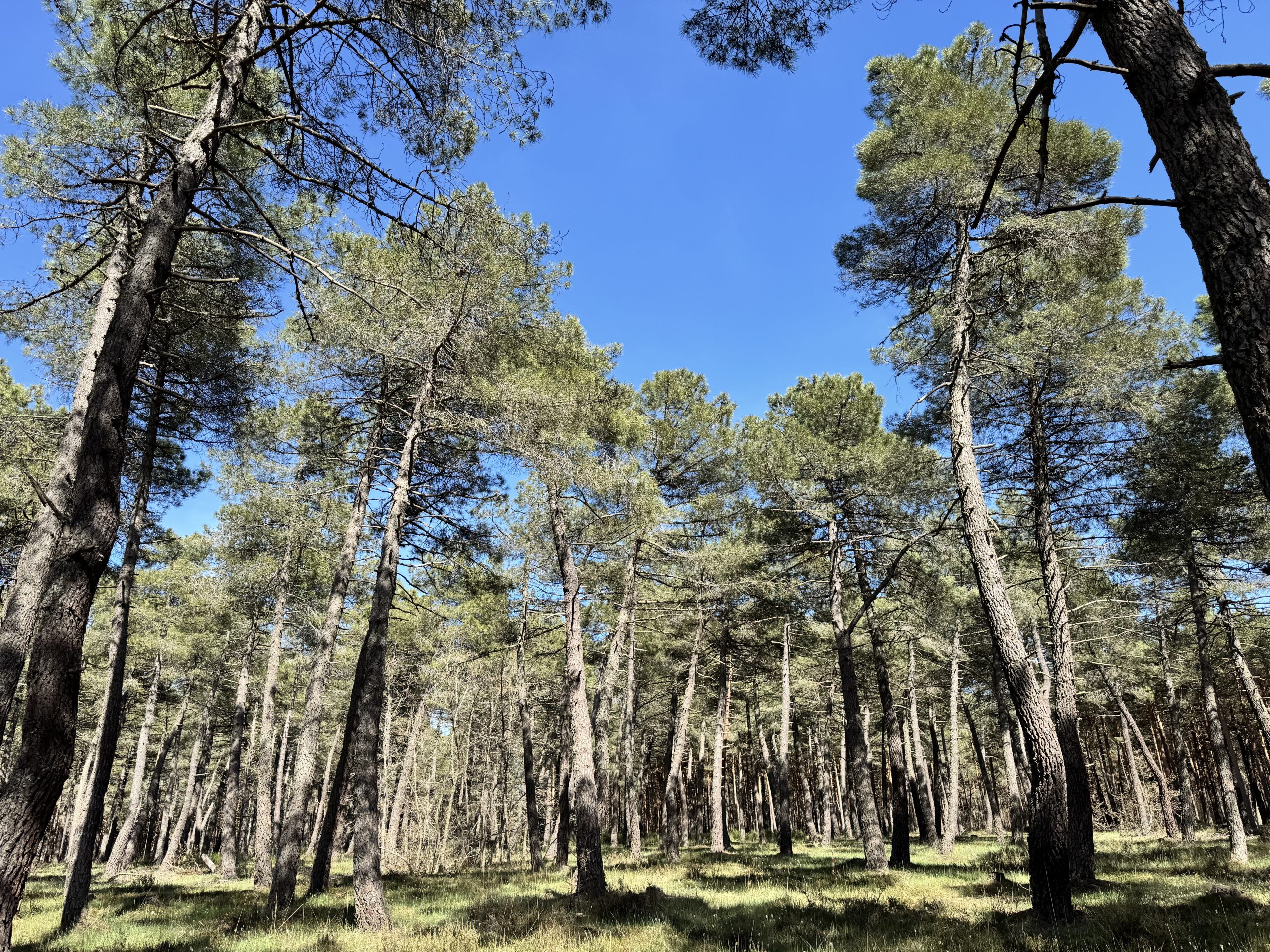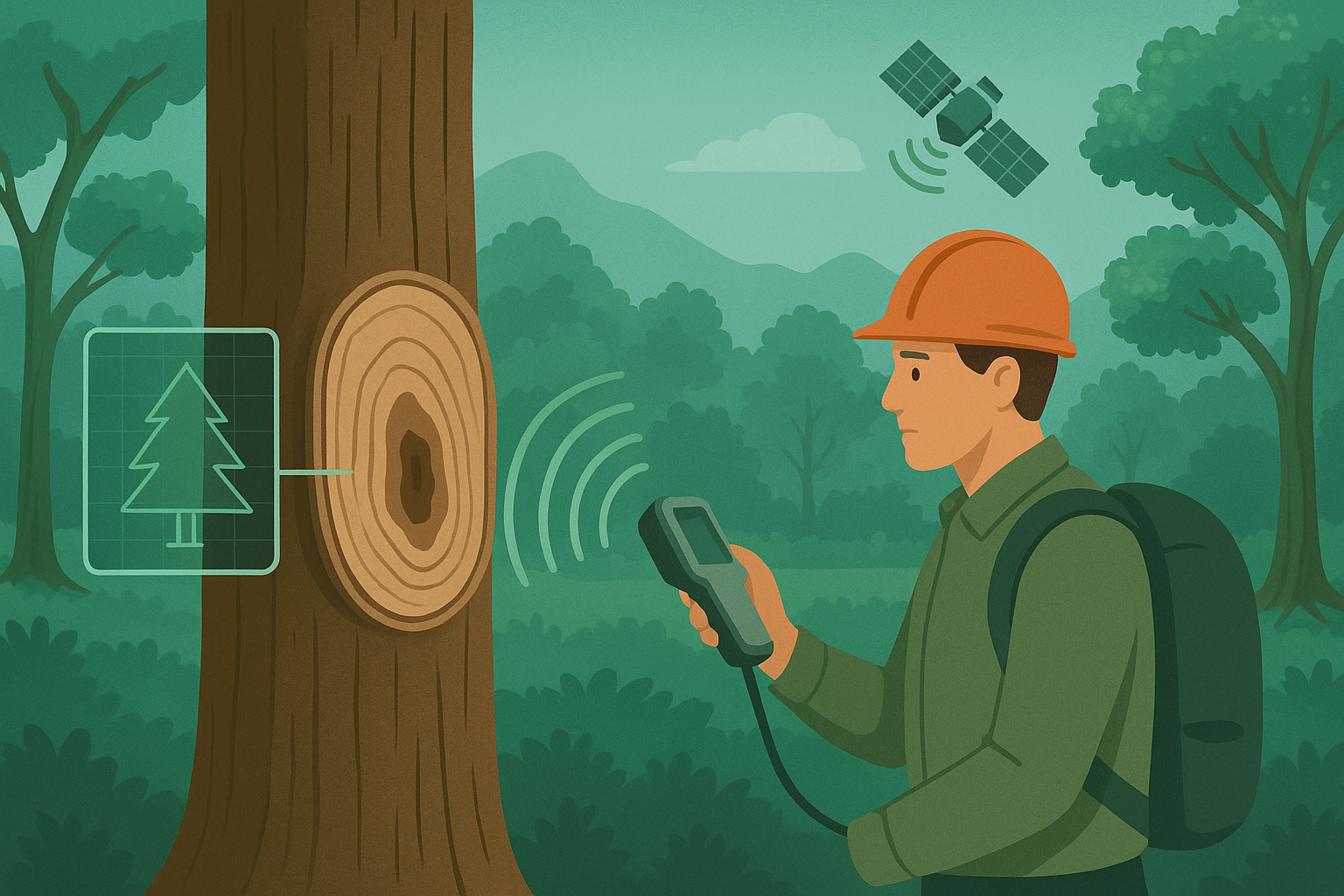Europe’s forests are vital allies in the fight against climate change — they capture carbon, support biodiversity, and provide renewable materials for countless industries. Yet, as climate pressures increase, these ecosystems face unprecedented challenges. At the same time, forestry is entering the era of intelligent machines. With these new technologies, researchers and companies are exploring how to make the most of this opportunity to improve forest management.
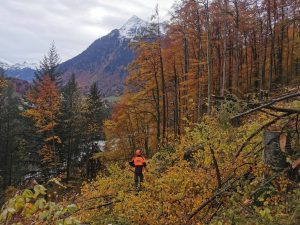
This is how the SingleTree Project began. Thanks to funding from the Circular Bio-based Europe Joint Undertaking (CBE JU) under the EU Horizon Europe programme, SingleTree is pioneering a smarter way to care for Europe’s forests — one tree at a time. And this marks the beginning of a new era for precision forestry.
At its core, SingleTree aims to develop optimized single-tree value chains, a revolutionary approach that focuses on the individual tree rather than the forest as a whole. By combining artificial intelligence, remote sensing, intelligent machines, and advanced traceability, SingleTree will unlock new ways to adapt forests to climate change, enhance resilience, and boost multifunctionality — from biodiversity conservation to sustainable wood production.
This is not just about technology; it’s about reimagining how we see and manage forests in a connected, data-driven world.
From Tree-Level Data to Climate Resilience
Imagine being able to monitor the health, growth, and biodiversity of millions of individual trees in real time. SingleTree will make this possible through AI-powered forest monitoring, integrating data from satellites, drones, and advanced sensor systems. Researchers and forest managers will be able to map and analyze up to 20 million trees, assessing their wood quality, vitality, and ecological value.
With such precision, forest managers can apply adaptive, single-tree level management, ensuring each tree contributes to a healthier and more resilient ecosystem. This approach is expected to increase overall forest multifunctionality — including biodiversity, carbon storage, and productivity — by up to 20% compared to traditional methods.
Intelligent Machines for Smarter Forest Operations
Intelligent machines are already a reality in forestry, and SingleTree is taking them to the next level. The project will develop and demonstrate smart harvesting technologies capable of identifying individual trees and making real-time decisions during operations.
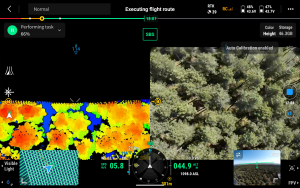
Pictures: Field data collection in Valdepoza (LL South/Spain), and Kelluu airship equipped with LiDAR technology.
These machines will not only enable precise and efficient harvesting, but also collect valuable data that feeds back into forest management systems. This continuous information flow ensures that every operation — from monitoring to harvesting — strengthens the entire value chain, reducing waste and maximizing resource use.
Living Labs: Europe’s Forest Innovation Hubs
Innovation doesn’t happen in isolation. To bridge science and practice, SingleTree will implement its technologies in three Living Lab Value Chains (LLVCs) across northern, central, and southern Europe.
-
- LLVC South (Castilla y León, Spain) features even-aged coniferous forests in the Mediterranean region, with diverse silvicultural schemes and timber quality. This lab focuses on multifunctional management strategies to enhance climate resilience and value creation.
-
- LLVC Central (Canton of Bern, Switzerland) adopts a multifunctional approach to manage small-scale forests using a continuous cover forestry strategy. Single-tree decision-making is central, even in areas with limited digital infrastructure.
-
- LLVC North (SCA Forest, Sweden) integrates single-tree value chains into a large industrial forest context, aiming to improve multifunctional forest management at scale.
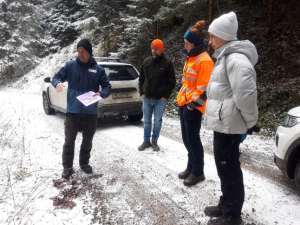
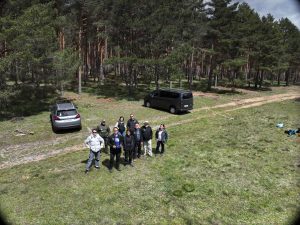
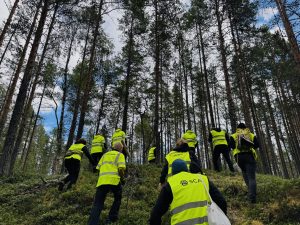
Pictures: Workfield in the LLCentral, local forest managers in LLSouth, consortium visit to the LLNorth.
These Living Labs are real-world testing grounds where foresters, researchers, industry partners, and local communities co-create and validate SingleTree solutions. Each lab reflects a unique ecosystem and value chain, ensuring that innovations are adaptable across Europe’s diverse forests.
By connecting monitoring, management, and industrial processes, the LLVCs demonstrate how digital tools can transform the entire forest-based value chain, from standing tree to finished product.
From Data to Value: Smarter Use of Biomass
SingleTree also focuses on the cascading use of woody biomass, ensuring every part of each tree is used efficiently and sustainably. By predicting wood properties early in the value chain, the project helps match raw materials to the most suitable industrial applications.
Through the Living Labs, this approach is expected to increase the value creation of forest resources by up to 20%, based on improved information about tree and wood properties. By optimizing the flow and use of biomass, SingleTree also aims to support bio-based industries and promote more sustainable forest management practices.
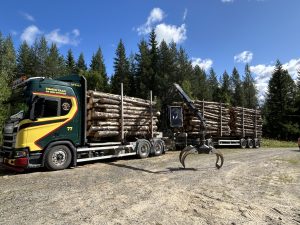
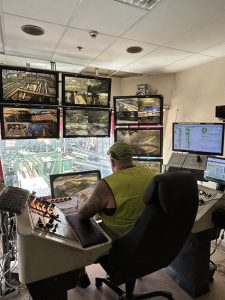
Pictures: SCA’s sawmill.
Co-Creation and Sustainability at the Core
What sets SingleTree apart is its co-creation model. The project brings together scientists, technology developers, forest owners, machine manufacturers, and bio-based industries in a collaborative process. Through continuous feedback, prototyping, and real-world validation, SingleTree ensures that every innovation is practical, scalable, and ready for market adoption.
The project will also conduct comprehensive life cycle assessments (LCA) to measure environmental benefits for climate, biodiversity, and value creation — demonstrating clear advantages compared to business-as-usual practices.
SingleTree envisions a future where every tree counts, where digital innovation and ecological awareness work hand in hand to secure the resilience of Europe’s forests. By turning cutting-edge science into practical tools, the project is paving the way for a new generation of precision forestry, ensuring that Europe’s forests remain strong, diverse, and productive for generations to come.
